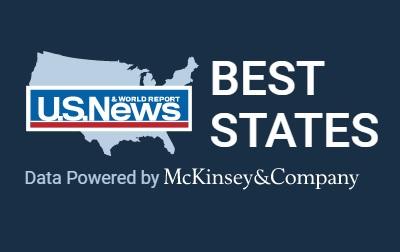PERSPECTIVE: Golden Years Require Golden Finances
/by Valerie Dugan The so-called Golden Years are upon you, and along with the bittersweet knowledge that you no longer have to commute and toil on a regular schedule, there also are decisions to be made about how and where to retire, and what that means financially.
You have plenty of options regarding your future lifestyle, from simply staying in the home you have occupied during your working years, to hitting the road in a recreational vehicle, or heading straight to a retirement community where you will find a plethora of similar-minded compatriots to share your after-work years.
Deciding what type of retirement best fits your personality and lifestyle is a decision that is best made long before you actually retire. In order to ensure you have the resources to live a certain lifestyle after your working years, you should start planning while you still are in the early stages of your career.
The earlier you start saving for your retirement, the more money you will have to apply to your Golden Years lifestyle. There are numerous options for saving and investing that can give you what you need later on, and it always is wise to conduct research to establish the path that best fits your requirements.
When it comes to your living situation, there are several types of retirement communities which have their own styles, their own environments and their own costs. For instance, age-restricted communities are specifically geared toward persons aged 55 and older. Similarly, age-targeted communities are for those aged 55 and up, but younger people are also allowed to live there.
Continuing care retirement homes differ in the degree of medical care and services they offer. This option offers long-term agreements providing for housing, services and nursing care, all typically in one location.
There are many amenities available depending on the type of community the individual retiree prefers, and the more amenities that are offered, the more they cost. In addition to medical care, retirement communities can offer options ranging from active sports, such as golf courses, tennis courts and hiking trails, to organized social activities.
With so many options available, there are a number of financial considerations that should be kept in mind. Some retirement communities require that housing be purchased, while some offer the option of renting as well. Some require a “buy-in” with at least a portion returned if you should move out after a certain number of years.
This is a major decision for most retirees and should be carefully considered before signing a contract. If you envision extended travel in your future, and the possibility of being away for months at a time, it may make more sense to have the added flexibility associated with renting.
Before making a decision that could impact you for decades, you may want to consult a professional to ensure that your financial future can match your dreams with cold hard dollars. Future decisions to sell also should take into account the restricted market that accompanies a restricted community.
As you age, you may decide to make more use of the amenities offered by your retirement community than you required in earlier years. These can include meals, transportation, lawn care, housekeeping, emergency monitoring and security. Regardless of what level of involvement you decide you need, remember that everything you add also adds to your costs.
 We also should consider that retirement communities have rules governing the daily activities of residents, and we should fully acquaint ourselves with them and how they will affect us personally before we sign a contract. If you own a pet or like to grill outside, you may be surprised to find that you are significantly restricted in those activities in some communities, and fines and penalties can be involved if the rules are violated.
We also should consider that retirement communities have rules governing the daily activities of residents, and we should fully acquaint ourselves with them and how they will affect us personally before we sign a contract. If you own a pet or like to grill outside, you may be surprised to find that you are significantly restricted in those activities in some communities, and fines and penalties can be involved if the rules are violated.
And we should especially remember that making the best decisions on retirement involves not just our current physical condition, but how we will have aged a decade or more from now. Look to the future before signing something permanent in the present.
Retirement communities may sound similar, but that doesn't mean they are the same. Take the time to exercise due diligence in making decisions to ensure that you truly can live happily ever after.
_____________________________
Valerie B. Dugan, CFP, is a Senior Vice President and Financial Advisor with the Global Wealth Management Division of Morgan Stanley in Hartford. For more information, she can be reached at 860-275-0779.
The information contained in this article is not a solicitation to purchase or sell investments. Any information presented is general in nature and not intended to provide individually tailored investment advice. The strategies and/or investments referenced may not be suitable for all investors as the appropriateness of a particular investment or strategy will depend on an investor's individual circumstances and objectives. Investing involves risks and there is always the potential of losing money when you invest. The views expressed herein are those of the author and may not necessarily reflect the views of Morgan Stanley Wealth Management, or its affiliates. Morgan Stanley Smith Barney, LLC, member SIPC.





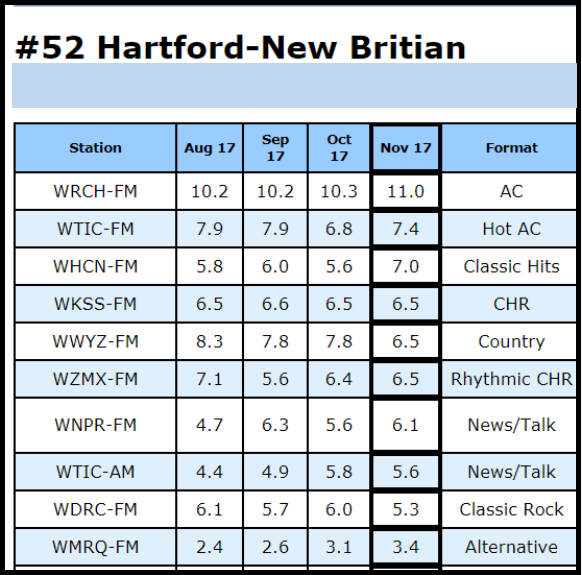 In the Stamford-Norwalk radio market, the dominance of New York based stations is apparent, after Bridgeport’s WEBE-FM, which tops the local ratings. The two top runners-up are WCBS-AM, New York City’s all-news station, and WHTZ-FM (Z100), with a contemporary hits format. WEZN-FM, New York sports station WFAN and Urban Adult Contemporary WBLS-FM rank next. Stamford-Norwalk is the 148th ranked market in the Nielsen Audio reports, with a population of 323,400.
In the Stamford-Norwalk radio market, the dominance of New York based stations is apparent, after Bridgeport’s WEBE-FM, which tops the local ratings. The two top runners-up are WCBS-AM, New York City’s all-news station, and WHTZ-FM (Z100), with a contemporary hits format. WEZN-FM, New York sports station WFAN and Urban Adult Contemporary WBLS-FM rank next. Stamford-Norwalk is the 148th ranked market in the Nielsen Audio reports, with a population of 323,400.
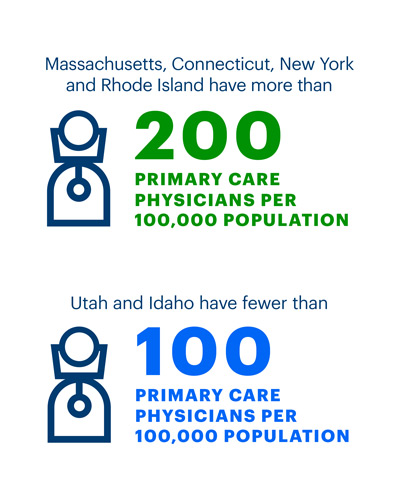 The model reflects that determinants of health directly influence health outcomes. A health outcomes category and four categories of health determinants are included in the model: behaviors, community & environment, policy and clinical care.
The model reflects that determinants of health directly influence health outcomes. A health outcomes category and four categories of health determinants are included in the model: behaviors, community & environment, policy and clinical care.



 CERC first conducted an impact analysis of the tournament in 2011, and completed another impact analysis for the Travelers Championship in 2017. The results were compared, to look at the changes over time and factors that may have influenced changes in the tournament’s economic effects.
CERC first conducted an impact analysis of the tournament in 2011, and completed another impact analysis for the Travelers Championship in 2017. The results were compared, to look at the changes over time and factors that may have influenced changes in the tournament’s economic effects.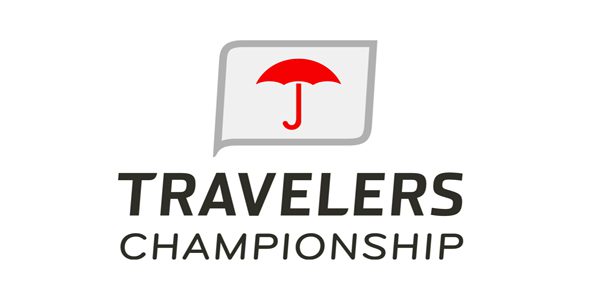 With record attendance, sales and fan engagement, the 2017 Travelers Championship raised the bar across the board through a strategic approach that focused on providing a first-class experience for fans, players, sponsors, volunteers and charity, officials pointed out. This marks the first time that the Travelers Championship has been recognized as “Tournament of the Year.”
With record attendance, sales and fan engagement, the 2017 Travelers Championship raised the bar across the board through a strategic approach that focused on providing a first-class experience for fans, players, sponsors, volunteers and charity, officials pointed out. This marks the first time that the Travelers Championship has been recognized as “Tournament of the Year.”
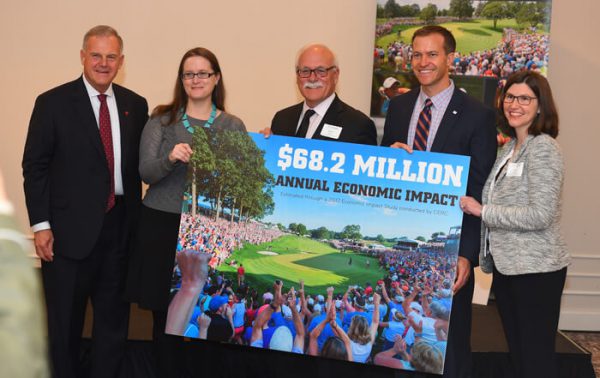
 be connected with anything that smacks even vaguely of inherited wealth or privilege. I immediately explain to people that most of that wealth is concentrated in the ''panhandle'' (Texas, Oklahoma, and Idaho all have panhandles. Why not Connecticut?), and that the rest of the state is filled with regular-guy, working-class towns. I usually get the feeling that they don't believe me.
be connected with anything that smacks even vaguely of inherited wealth or privilege. I immediately explain to people that most of that wealth is concentrated in the ''panhandle'' (Texas, Oklahoma, and Idaho all have panhandles. Why not Connecticut?), and that the rest of the state is filled with regular-guy, working-class towns. I usually get the feeling that they don't believe me.

 According to the
According to the 
 Two years later, the state announced plans to spend $3.4 million to promote Connecticut tourism ahead of the summer travel season within the state and to audiences in New York, Rhode Island and western Massachusetts. And last year, the state’s tourism website was re-
Two years later, the state announced plans to spend $3.4 million to promote Connecticut tourism ahead of the summer travel season within the state and to audiences in New York, Rhode Island and western Massachusetts. And last year, the state’s tourism website was re-




